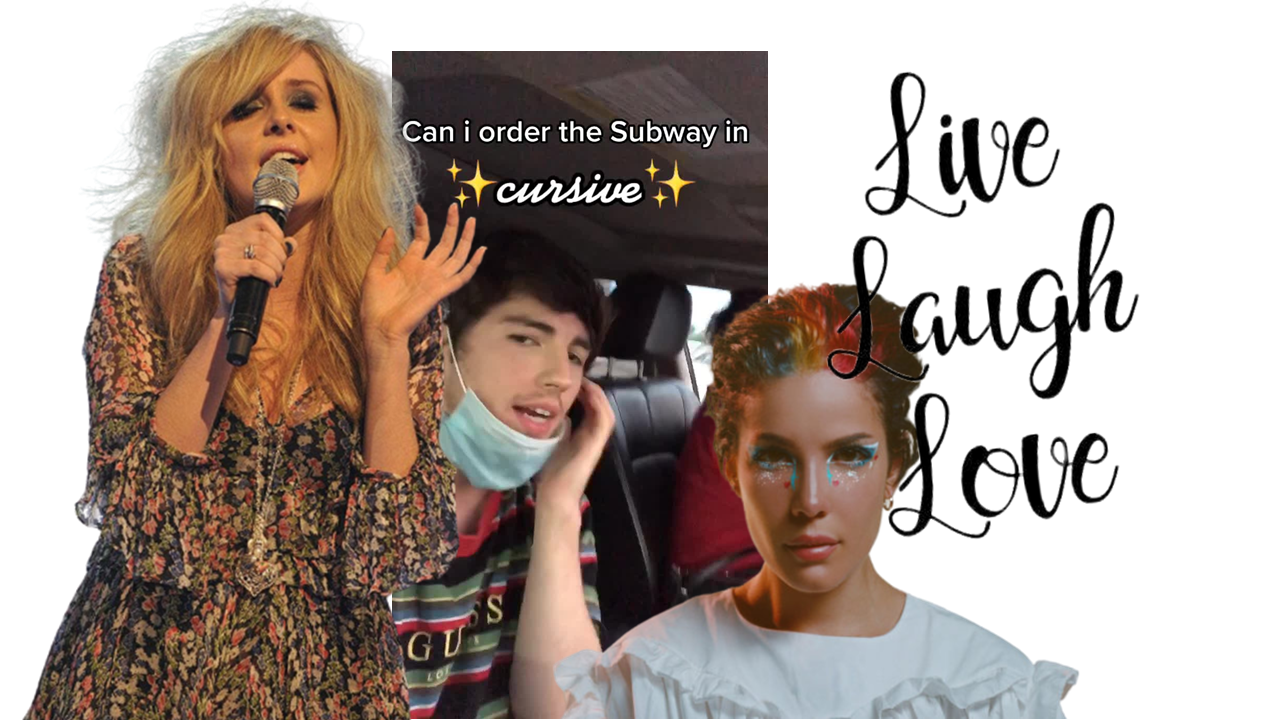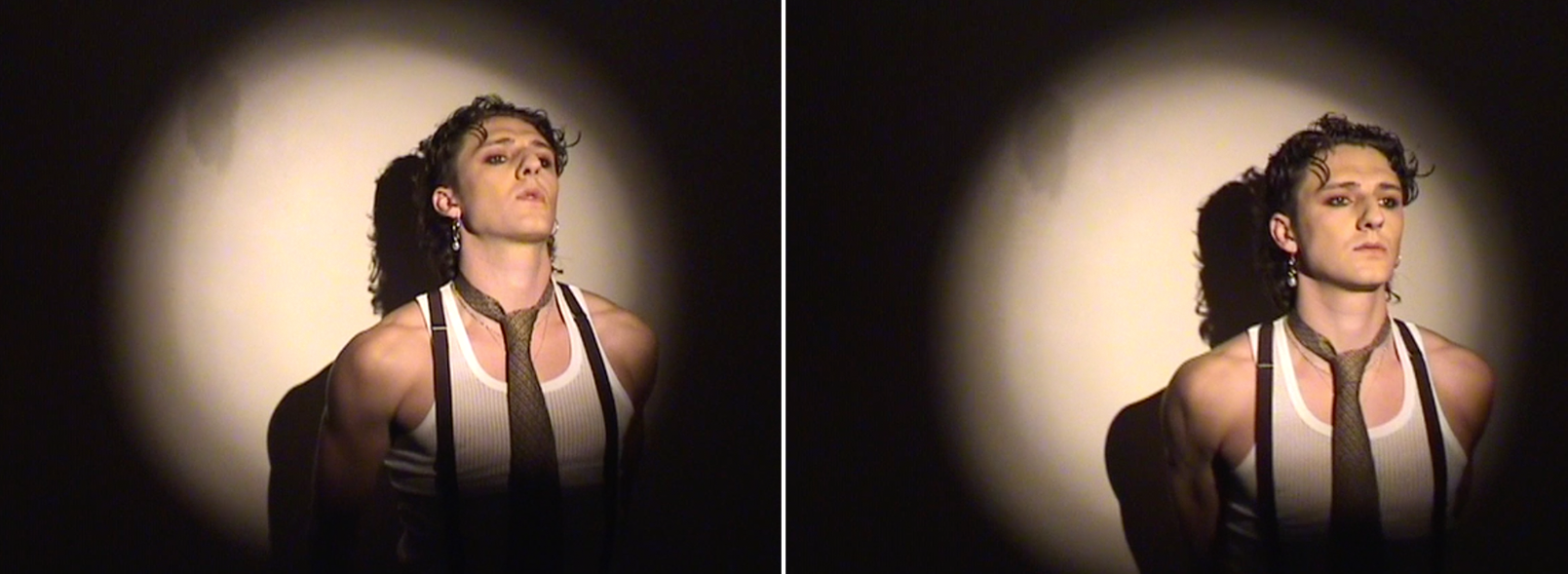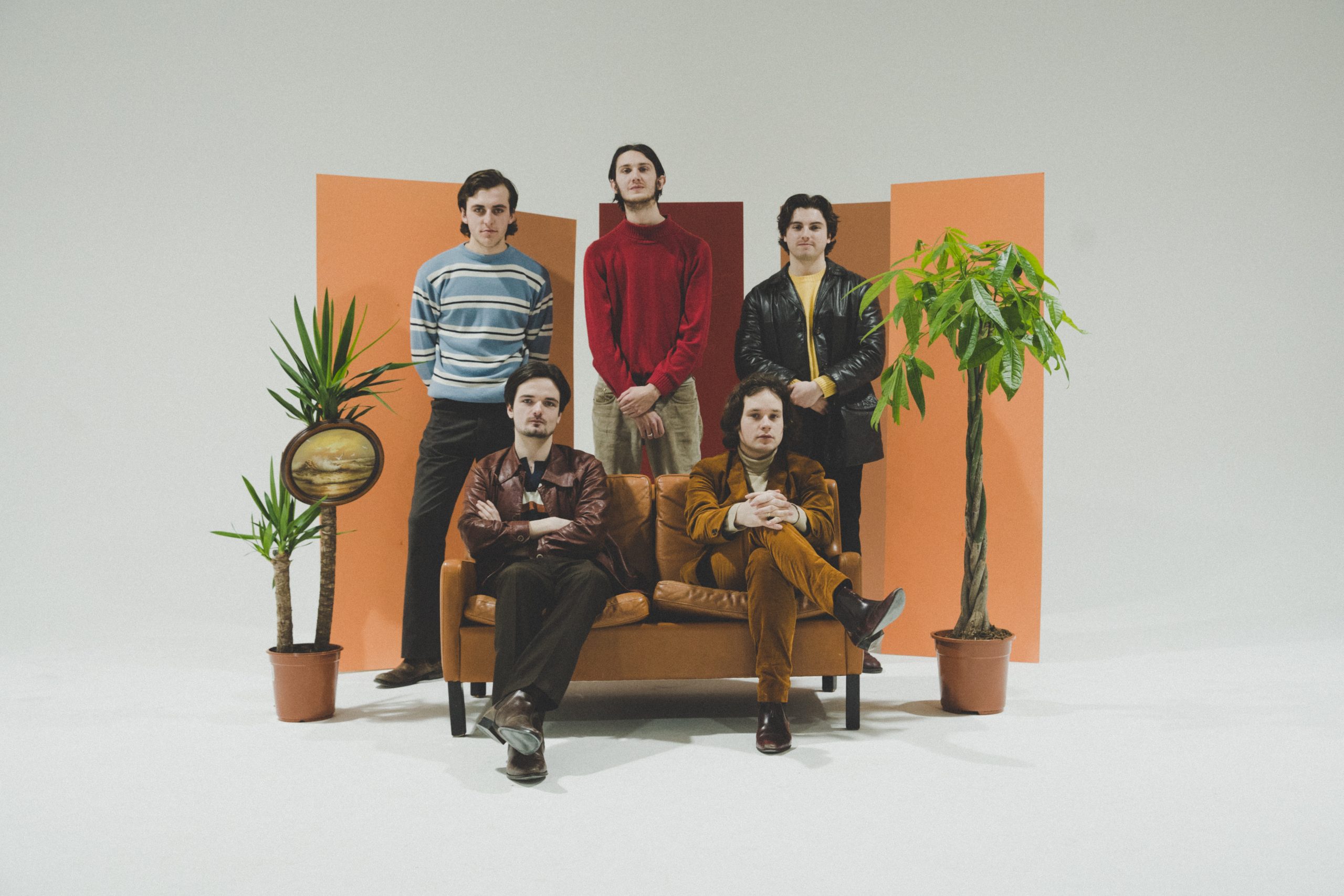Cursive was widely known as penmanship before Tik Tok. The type of writing that you’d imagine in a ruffled collar and loafers, the crème de la crème of writing, depending on how dexterous you are. But we are living in the age of Tik Tok and the Gen Z’s don’t write cursive, they breathe it – now sporting a latex harness and Nike Air Maxes. I thought YouTube was monopolising social video platforms. But just like Snapchat, it’s so last year along with the reputation of its veterans Shane Dawson and Logan Paul. Hold the tears, Tik Tok is the rightful successor of YouTube (sorry IG Live). Eyebrows may be raised because I too was anti-TT until actually engaging with it and it is truly the crack cocaine of social media. Going for a browse before midnight turns into a 4-hour excursion of the deepest parts of a youngster’s mind while wrestling with any brain cells I have left to decide whether I enjoy it, or I truly am getting older. Apocalyptic epiphanies aside – cursive is the internet’s intonation and I’m here for it.
Lauded website knowyoumeme.com has outlined the phenomenon’s journey:
“Cursive Singing is a style of singing which parodies the vocal fry/jazz inspired singing of indie pop musicians like Halsey, Sia and Amy Winehouse. Although singing has informally been described as cursive (referring to handwriting), TikTok users popularized the label through videos in which they mock indie singers.”
Celebrities are now birthed by committing to whatever viral challenges are the latest craze. And cursive is certainly part of the Tik Tok dialect. But the history of cursive dates back as far as the 90s. Yes, Gen Z, that was before you were born.
Before taking its official name in 2009, cursive was referred to by many Brits as talking like Diana Vickers. More scientifically, the vocalist’s singing was a form of diphthongisation. Basically, vowels are ridiculously stretched, for no reason but aesthetics.
Britain’s sweetheart took the X-Factor stage by storm in 2008; barefoot each week performing an ethereal chant of cursive bliss before her untimely vote-off in the semi-finals. Coming back better than ever with smash hit ‘Once’ – or as sung by Vickers ‘wuh-ahnce’. The origins of cursive do not begin with Vickers, but her popularising of the style stands monumental in its history. Beyond ITV singing competitions, cursive is a staple of pop-punk and emo music. Strange that the sweepy fringes and snakebite piercings fall into the same genre as cursive veteran Diana Vickers.
Singers more recently began to appropriate the Vickers staple to forge their own popstar careers. Halsey is a huge success story of cursive singing. Whether you find her mesmerising or grating, she has a distinct sound separating her from a lot of female vocalists. Sia is another name linked to cursive singing, echoing I hear ‘sweeee-ing’ from the chandelier pronouncing her alt queen of cursive. But is this vocal trickery really a testament to talent or parodic?
The popularity of cursive, based on success stories of popstars, is baffling. Humans are born and taught to speak ‘properly’, but cursive transcends pronunciation in its flowing operative. Sometimes tricky to even decipher what is being said, conversing in cursive is a challenge testing us to redefine linguistic constraints. Or just a degradation of it with the ill diction and slurring that could also just make you sound drunk.
But anytime you see a ‘live laugh love’ sign in your friend’s mum’s house, echoes a distilling wave of cursive: ‘lieevve, lawwwufff, louuveh’. The decorative affirmations are almost acceptable for their comedic connotations. Typifying the Tik Tok trend is user @coreythebagel, opting to speak in cursive rather than, you know, talking. His grid is full of how he interacts publicly, in cursive, much to his peer’s embarrassment and audience’s entertainment. The trend has definitely become a sort of fad, like when people walked through fast food drive throughs like some revelatory strike to the norm. It’s all comedy really.
@coreythebagelShe wouldn’t let me order my coffee in cursive ##foryou ##fyp ##cursive ##oneminutevlog ##aesthetic♬ original sound – coreythebagel
But at the crux, the laughs surrounding fads like cursive are based on transgression of systematic conventions. Speaking differently, acting differently, engaging differently is at the core of these wildly hilarious but in the same thread provocative trends. Social media is certainly monopolising the world’s view, however, if things as small as speaking in cursive are reorienting the way things are, surely this is for the better. Parodic or not, it is a widening trend allowing popstars to be successful and a random boy become Tik Tok famous. It doesn’t really matter what the purpose of cursive is then, a caricature of elocution or a comment on language systems (probably not). It’s popular and not seeded in anything remotely offensive.
Speak up, speak cursive. But most importantly, live, laugh, love. <3





